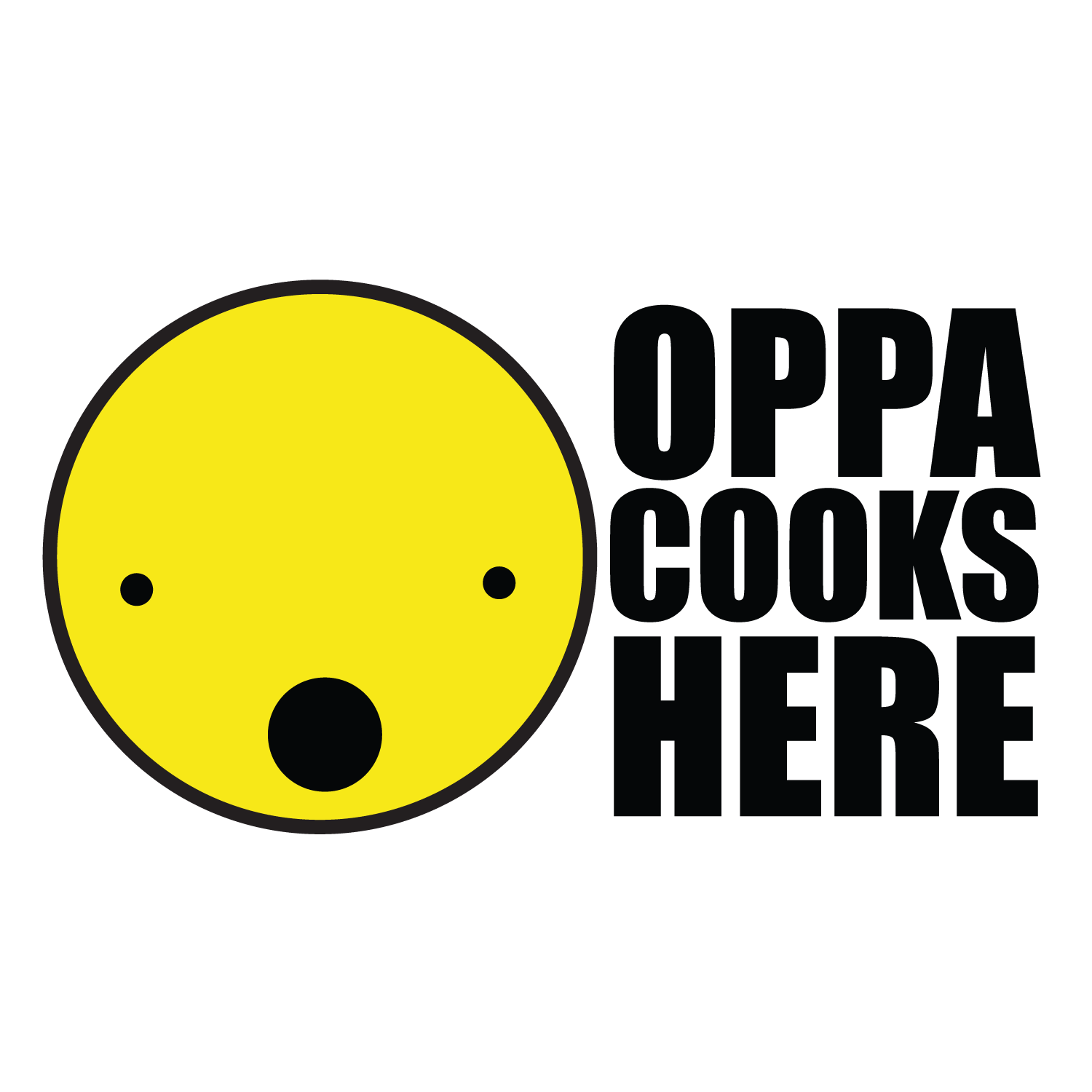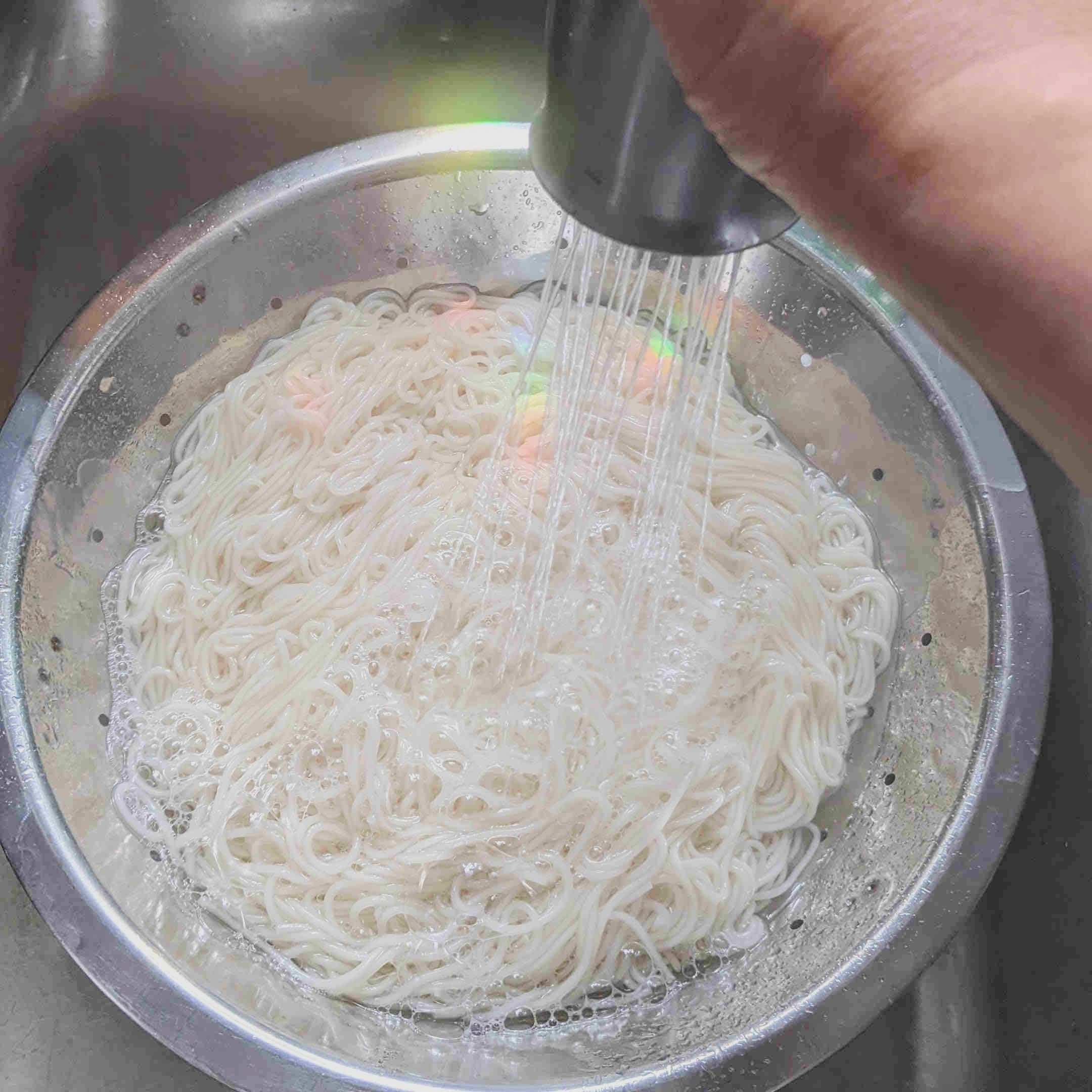What are Korean SOMYEON Noodles?
This understated noodle is actually the most well-known and versatile Korean noodle. You can usually find them labelled as Somyeon or Mak Guksu. They are made with only wheat flour and salt (and water).
The history of this noodle is very long. Since the times of Kings and Queens during the Joseon Dynasty when wheat flour was dear, noodles would be made and served in a clear soup for celebrations. This noodle dish is still enjoyed today and is called Janchi Guksu. The literal translation is Feast Noodles because this would be eaten at weddings and significant birthdays like a 60th.
I just call them Party Noodles 🥳.
Help Me Pronounce It!
“Soh-Myun”
So is pronounced with a softer “S” sound. Just let out air less forcefully than when you would regularly say the “S” sound. Also, don’t round out the “O” as if you were saying “Sow”, say it more like Soh: A soft S sound with an Oh! after it.
Myeon looks complicated but just say the M sound first followed by Yun.
How to Cook Somyeon
You know how they say to portion out pasta by taking out a coin-sized amount? This was for 2 adults and 2 kids and I just eyeballed it. But you know what makes this noodle kind of dangerous? It feels really light, you can easily eat many servings without feeling it. A warning to the carb-conscious 😂.
One thing to note about Asian noodles I found is that they will… stick! I’ve found that I have to stand in front of the stove and stir them the whole time or it will be a terrible mess. Make sure you have plenty of water in the pot.
There seems to be a method of bringing the water to boil while you have a full cup of cold water on hand. When the water comes to a boil, dump in the cold water. Then when it comes to a boil again, you add cold water again. When it comes to a boil a third time, it’s ready.
But to me, it’s been hit or miss as I’ve overcooked it a few times while doing something else. So now I stand by and stir.
“Stirring occasionally” is a serious understatement. Oh, but there you go, they suggest a 2 oz serving which aligns with Italian pasta. Eyeball a quarter-sized portion per person. Now comes the next instruction that’s particular to many Asian noodles.
Check it out, it still stuck to the bottom even though I was constantly stirring it for the entire 3-4 minutes. I find this very annoying 🙄.
Sorry for the venting. Yes, back to many Asian noodles. They. Must. Be. Rinsed. Immediately after cooking. In cold water.
This stops the cooking process, keeps the noodles nice and chewy and also you’re rinsing away excess starch. I’ve seen it where they recommend giving the noodles almost a scrub. I get that these noodles can use a heavy hand, but I’ve never really felt the need for it.
Lastly, wrap it around your hand and make each serving into little flowers. I don’t know why I do this, but this is the way my mom did it. Also, these noodles are sticky and this way, when you serve it, it’s easier to scoop up each serving. Also, it looks nice.
This is by far my favourite Korean noodle. And my kids love it too. It’s got a very gentle mouth-feel with a subtle flavour that makes it an ideal base for lots of different sauces and soups. If you buy only one Korean noodle, I highly recommend Somyeon 👍.
Somyeon noodles are also sometimes called Mak Guksu like this. No worries if you’re gluten-intolerant, you’ll find companies are accomodating for food sensitivities more and more like this Somyeon, made from rice instead of wheat.









